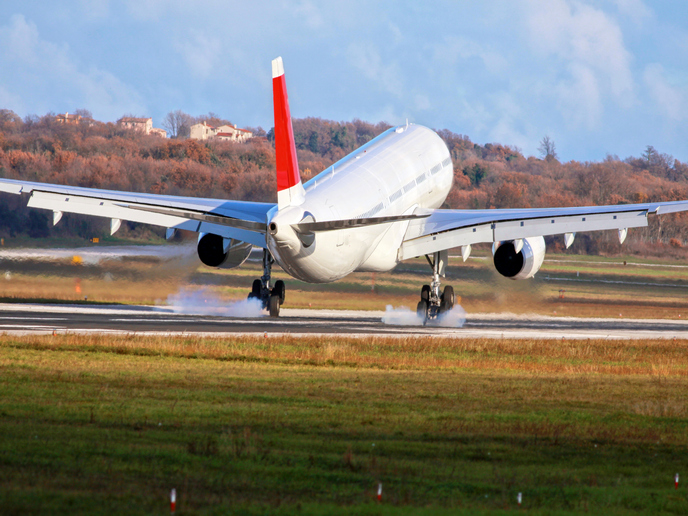Innovative engine-off technologies to enhance airport operations
Aircraft jet engines are highly efficient when it comes to flying but fall short when used for taxiing. Actually, there are two categories of engine-off taxiing techniques: autonomous and non-autonomous. Autonomous solutions utilise additional on-board electric engines or a single engine and offer better manoeuvrability and time savings. However, they may sacrifice dynamic performance and add extra weight. Non-autonomous solutions involve towing the aircraft by a tug, which does not add the extra weight, but requires more vehicles circulating on the taxiways. These solutions are tailored to different aircraft and airport configurations. In combination, they may be used to develop a comprehensive approach that enhances safety, efficiency and performance.
Safety and efficiency – key considerations when designing a taxiing solution
“When developing a taxiing solution, it is imperative to consider its impact on airborne traffic and on human operators’ workflow. The solution should take departure and arrival sequences into account, support eco-friendly taxiing operations and optimise fuel consumption while minimising noxious emissions by avoiding slowdowns or stops,” explains Mathieu Cousy, coordinator of the EU-funded AEON(opens in new window) project. Cousy goes on to explain that safe air traffic operations require controllers to have a clear understanding of the types of vehicles and their associated constraints, particularly since non-autonomous techniques may increase the number of vehicles on taxiways. Moreover, real-time adjustments to operational events may increase workload, making assistance necessary to maintain a safe operating environment.
Assessing engine-off taxiing limitations and solutions to maximise benefits
To gain insight into the limitations involving engine-off techniques, AEON conducted interviews and workshops with various airport ground operators such as airport managers, ground handlers, air traffic control (ATC) officers and pilots. Project partners examined various solutions, including single-engine taxiing, TaxiBot and WheelTug(opens in new window). The operational analysis of both types of engine-off taxiing techniques led to a short list of crucial issues to be addressed. These included the need for air traffic controllers to have situational awareness, performance management for smoother taxiing. Additionally, there was the need for pilots to get reliable estimates for engine start-up and time remaining before line-up. The additional traffic from tugs and aircraft, as well as improved use of service roads were other crucial factors assessed. “We proposed a two-pronged solution to help manage additional tugs for non-autonomous taxiing and improve air traffic controller situational awareness, leading to smoother routing,” remarks Cousy. A new tug fleet management role has been defined in between airport management and ATC. Moreover, a prototype of advanced surface movement guidance and control system radar image has been designed to integrate the new taxiing techniques.
Advanced algorithms to optimise aviation performance
AEON developed a multilevel, multiagent motion planning architecture to enable path planning and monitoring of aircraft and tugs in airports. This architecture was extended with priority-based, search-and-safe interval path planning algorithms to realistically represent airport layouts and vehicle kinematics. “We also designed a tug fleet algorithm to maximise emissions saved by using tugs to tow aircraft. It opts for a greedy approach, instead of global optimisation, to achieve this,” states Cousy. “Furthermore, we designed an interactive radar image to provide navigation, as well as understand taxiing techniques and specific timelines of the routes and speed constraints for each aircraft/tug.” AEON defined a new concept of operations that facilitate the integration of ecological taxiing techniques, minimising fuel usage. The research conducted aligns with SESAR JU’s(opens in new window) goal of creating smarter, more sustainable solutions in aviation to help implement the European Commission’s strategy.







